FAQs: ICF Construction
There is no simple yes or no answer to this question. In most two storey dwellings, reinforcement will not be required. However, extensions and dwellings with large open floor areas may need the ICF to be reinforced.
In many circumstances a few bars are all that is required to make the ICF structurally safe. But Engineers that are unfamiliar with ICF will insist on carrying out the design in compliance with the BS EN 1992-1-1:2004 + A1:2014. This will require many more bars to comply with the minimum reinforcement areas required by this code and in many instances they are unnecessary and a waste of money.
One thing is for sure, it is essential that you get advice from a Chartered Civil or Structural engineer that has plenty of experience in the use of ICF and will be able to make sure that money is not wasted.
Plasterboard can be fixed to the ICF with dot and dab and insulated plasterboard can be fixed with screws to the ferrule strips inside the ICF.
ICF walls can be covered in acrylic plaster or stucco for a textured finish. Choose a fine-textured acrylic plaster or stucco if you want a smoother texture or a coarse-textured stucco or plaster if you want a more pronounced texture. Apply 2 coats of the plaster or stucco directly on top of the insulating foam using a trowel, smoothing it out and letting it dry between coats.[4]
- You can get acrylic stucco and plaster with pigment in it if you know you want the wall to be a certain color. Otherwise, you can use white plaster or stucco, which can always be painted over later.
- Stuccoed or plastered walls can give a room a kind of vintage Mediterranean vibe. Combine them with stone or tile floors and exposed wood beams to complete the look
Most ICF projects will use pumped concrete as mixing and placing the concrete using a site mixer is labour intensive and takes a long time. Modern concrete pumps can lift concrete to high levels at distances up to 300m but will cost about £1000 per visit depending on location and must be provided with 100 mm hose at the delivery point.,
The Concrete should be of Strength C25/30 with a slump of 125mm to 175mm with 10mnm aggregate with an admixture complying with BS EN 934-2 : 2009 to ensure placement by free-flow
ICF can be used in tall unsupported walls but must be designed by a Chartered Civil or Structural engineer.
Find out more about ICF Design.
The roof options for ICF homes are the same as for traditionally built houses – trussed or cut roofs are most common. The wall plate is easily fixed to the top of the concrete core to the walls.
Yes – ICF are particularly useful in acting as separating walls in semi-detached dwellings or as primary load bearing elements in place of steel posts or columns.
Find out more about using ICF to build your home.
Stone cladding, render, weather board, slip bricks, steel cladding etc.
See Polysteel Projects to see the scope of finishes that can be used with ICF built homes.
ICF walls can be constructed throughout the winter in the UK because the fresh concreet is protected by the EPS panels that protect it from frost damage.
ICF Construction
Call us if you need more detailed information for your ICF project, browse our technical library and FAQs for construction details using Polybloks.
